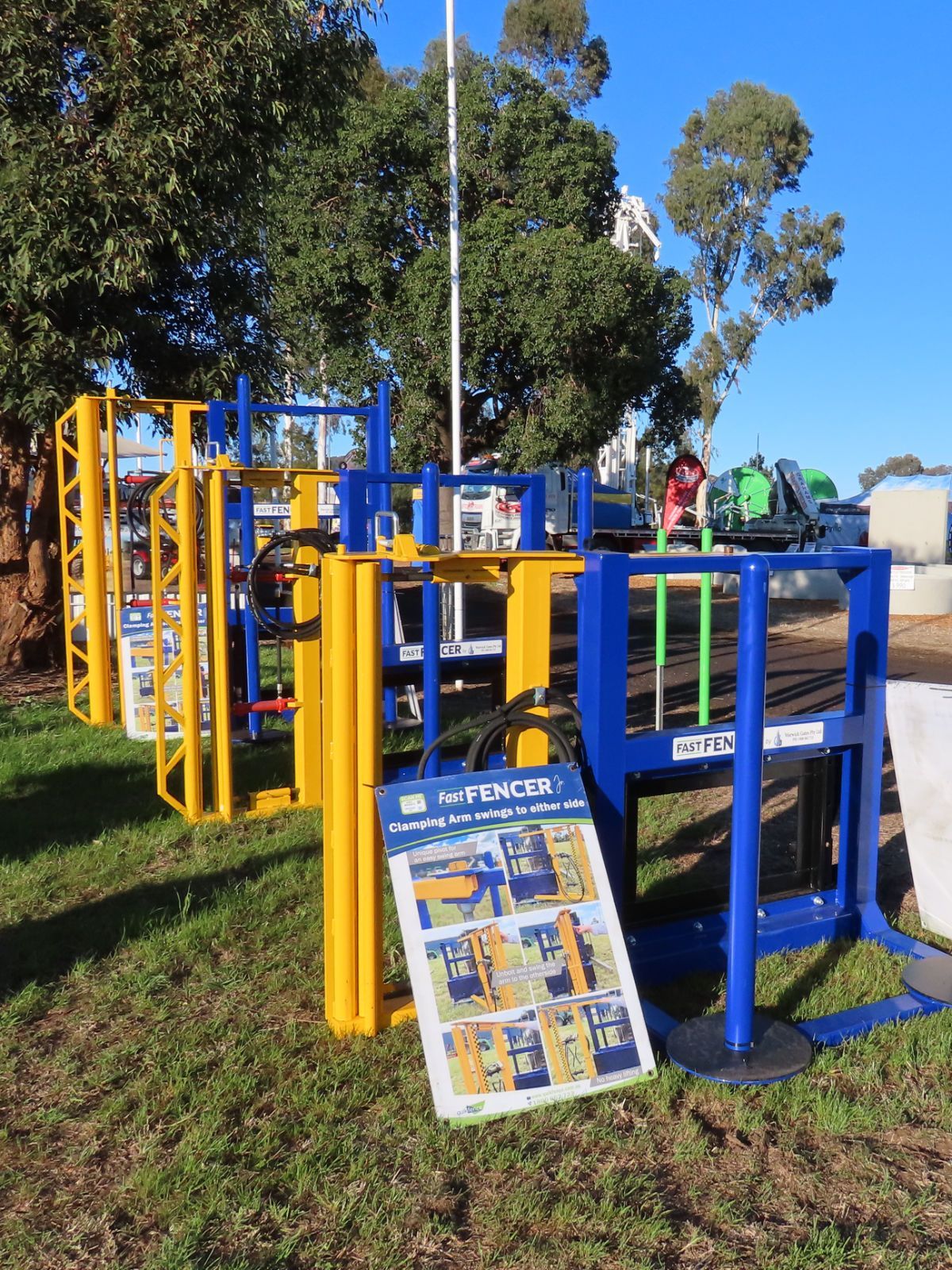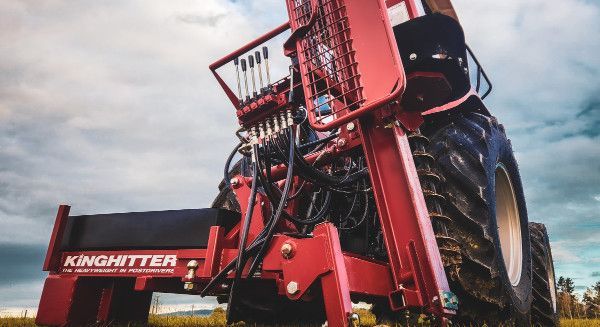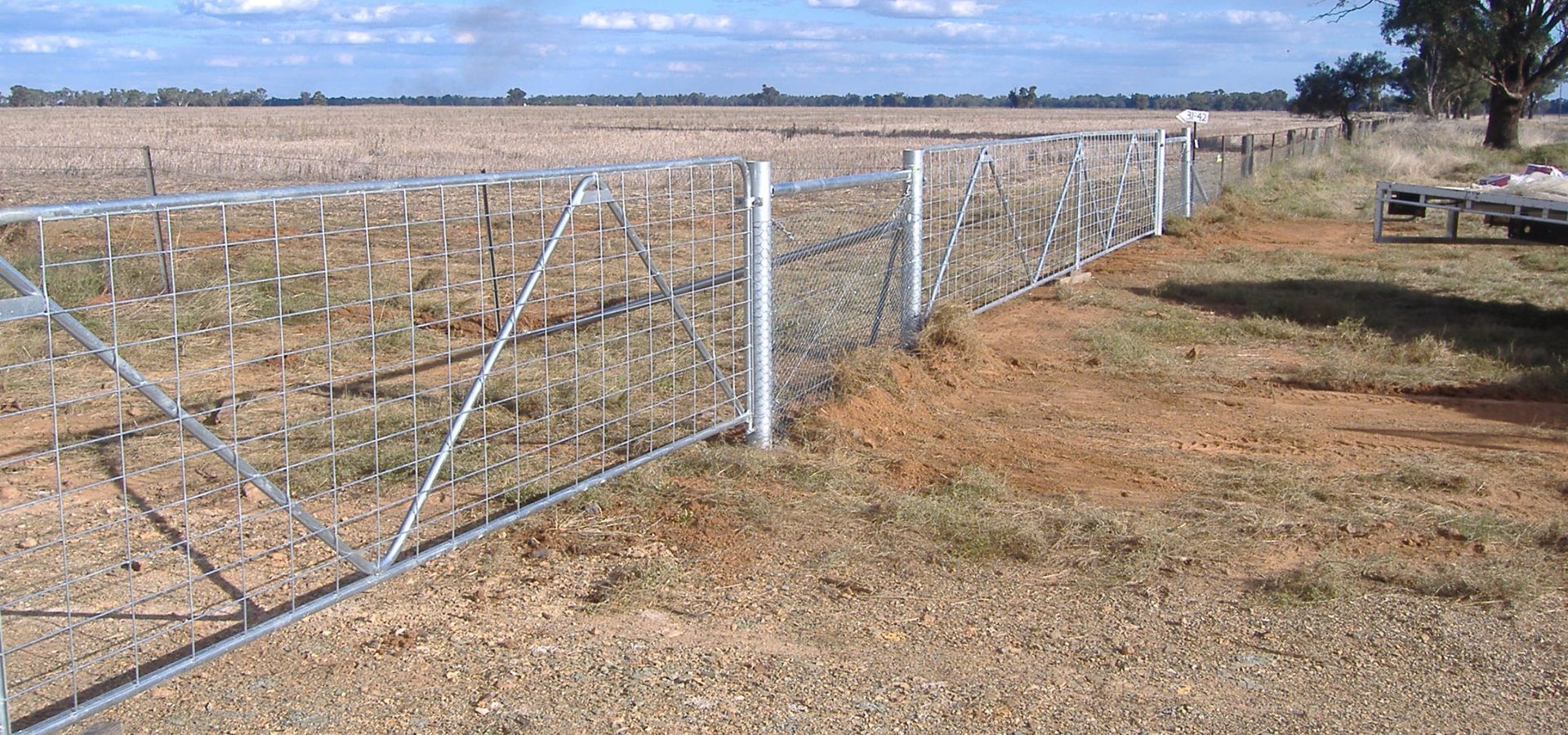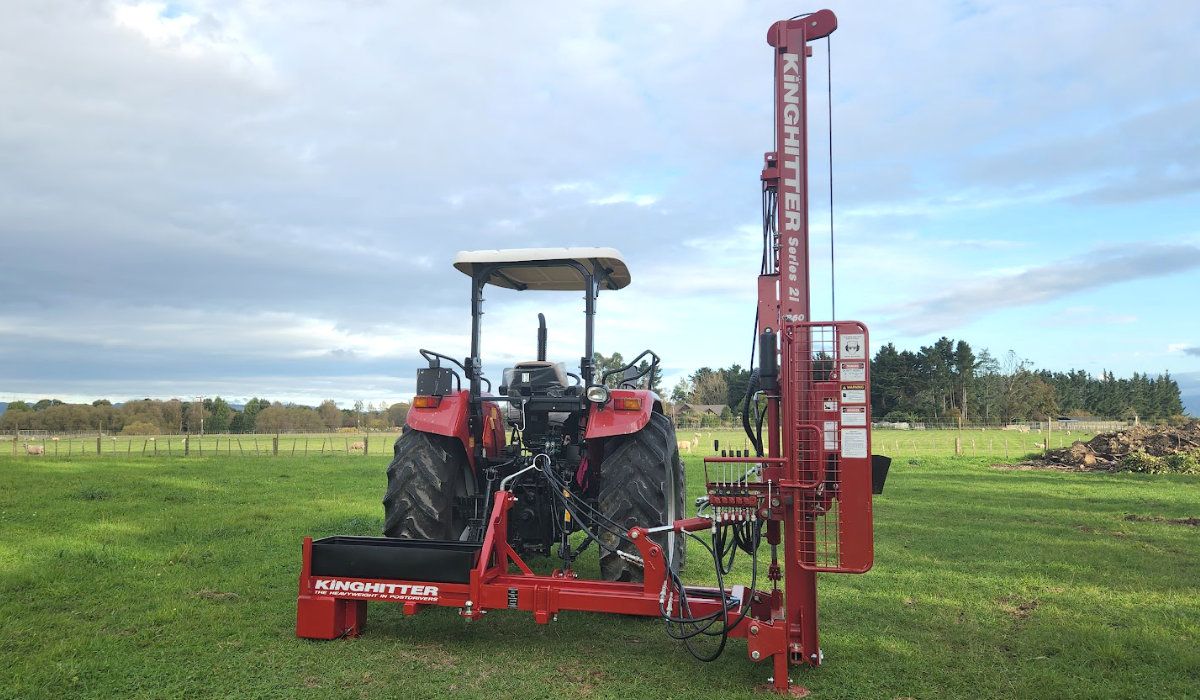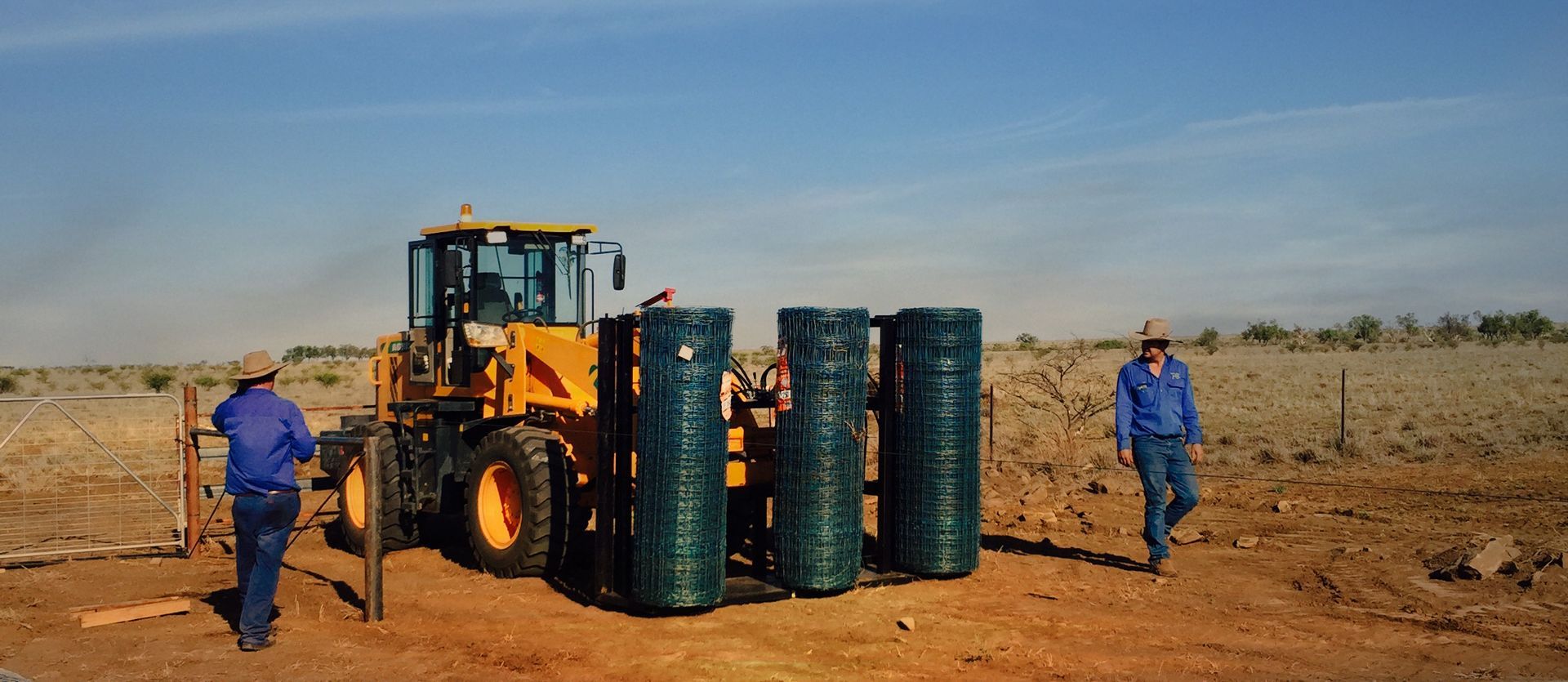Spring fence jobs
"Spring Fencing; Tasks every farmer should tackle now"

Here’s a few reminders of fencing jobs that will save headaches down the line:
1. Inspect Every Line
Winter storms and wet ground take their toll on fences. “Run” around your boundary and internal lines, checking for sagging wires, rotten posts, or damage hidden by new growth. Don’t forget gates and hinges – they often fail at the worst possible time.
2. Carry Out Repairs Before Stock Test Them
Cattle and sheep are masters at finding weak spots. Tighten sagging wires, replace dodgy posts, and secure staples and clips now, before you’ve got animals testing the fence.
3. Get Ready for Stock Movements
Spring means lambing, calving, and prepping for rotational grazing. Make sure paddocks are stock-proof for young animals, if you have any electric fencing gear, this is a good time of year to test to ensure a strong charge and full coverage. Temporary fencing is also worth setting up now to manage grazing pressure as grass takes off.
4. Control Vegetation Along Fence Lines
Spring growth looks great until damaged fences give way. Slash or spray along fence lines and keep branches trimmed and weeds under control, summer storms and heat is coming and a downed tree can flatten a fence overnight.
5. Plan Ahead with New Fencing
Spring is the best time to put new lines in the ground. The soil is softer, beat the heat of summer, conditions are better, and it sets you up for efficient grazing in summer. Think about adding laneways, improving water access, or subdividing paddocks for better pasture management.
The Takeaway:
A few weekends, or a couple weeks spent fencing now will save weeks of headaches later from chasing feral pests and crop damage. Get the fences stock and crop proof, protect your livelihood, and you’ll have more time to focus on what really matters when the summer heat is in full swing and the workload has you under the pump.

